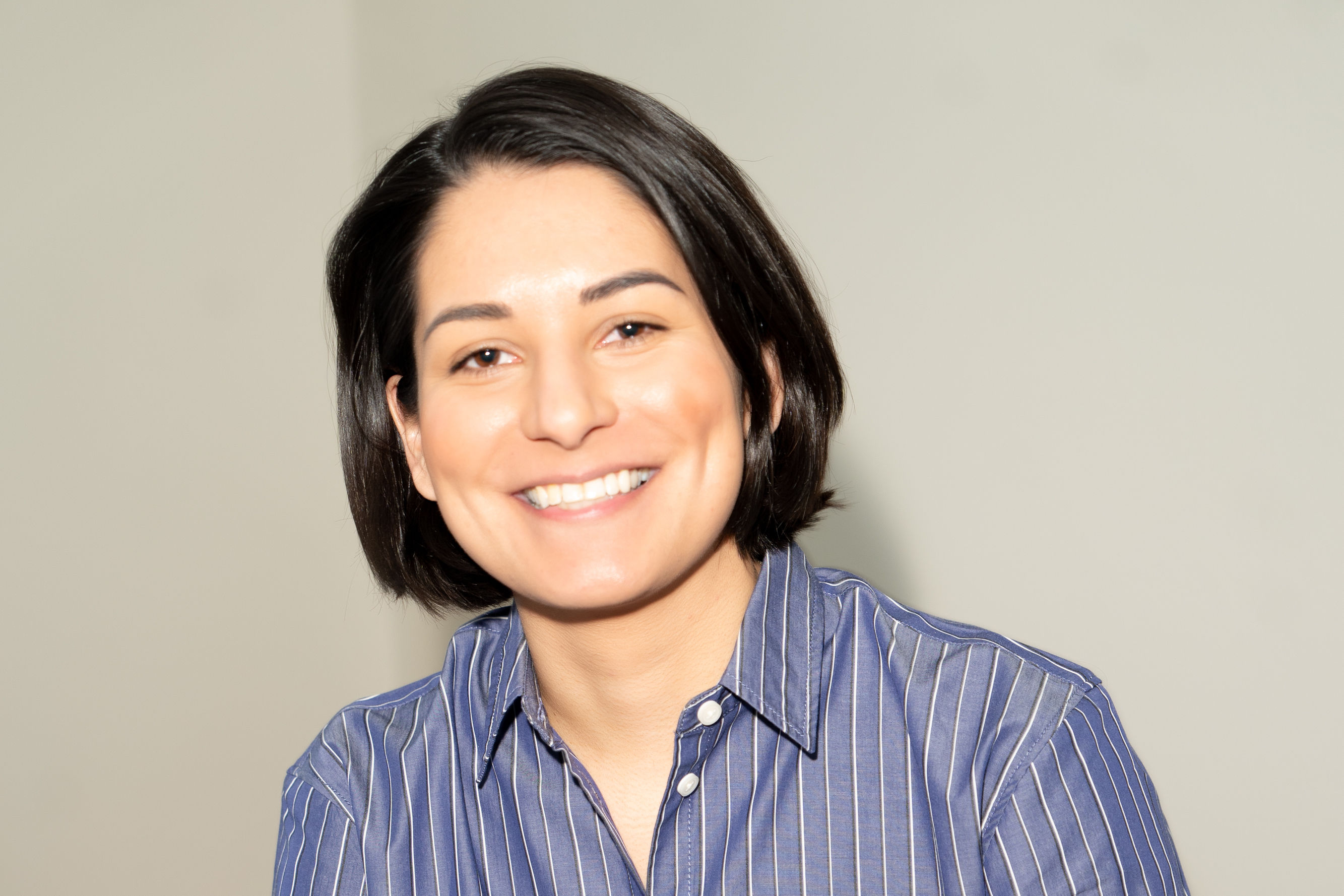Eight Girls Taking Pictures by Whitney Otto

Image: Courtesy Scribner
“It was so needlessly trusting ... to see something every day and not for one minute consider that there is an underneath,” thinks one of the eight protagonists in Portland author Whitney Otto’s Eight Girls Taking Pictures. Although the character is lamenting her unrequited love, her quote could just as easily be applied to the book’s two inextricably bound themes of photography and feminism. With both, there is always another layer beneath the surface that bewilders, subverts, and surprises.
A movie starring Winona Ryder was made from Otto’s most famous work, How to Make an American Quilt, and Eight Girls breathes with the same kind of life easily translated from book to the big screen. Blending Otto’s saturated yet accessible prose with her talent for stitching together stories of multiple characters with a steady, glittering needle, the novel pays homage to a number of 20th-century photographers whose lives inspired its eight interwoven tales, including Imogen Cunningham, Madame Yevonde, Tina Modotti, Lee Miller, Grete Stern, and Ruth Orkin.
“IN THE ANIMAL KINGDOM, IT IS CONSIDERED AGGRESSIVE TO STARE . . . BUT THE PHOTOGRAPHER IS EXPECTED TO STARE, TO STUDY, TO GAZE UPON HER SUBJECT.” –PAGE 104
The book transports the reader across the globe and the century. In 1930s Argentina, German-born Charlotte Blum takes pictures for the “typical Argentine housewife” while pining for her female lover across the pond. Among the chaos of World War II Europe, American-born Lenny Van Pelt, camera in hand, discovers a much-sought-after sense of control. In the face of second wave feminism, Miri Marx and Jenny Lux both defend the artistic merits of their domestic photographs. And Jessie Berlin struggles to reconcile her passion for her husband and her belief in free love, but finds solace in the words of a legendary photographer.
Though their settings differ, each woman’s story beats with the same pulse, expanding when they fall in love or achieve creative fulfillment, and contracting every time they must choose between the two. In one scene, Blum wonders “why it was that a woman’s life ... could so effortlessly be told using collage. As if women could never be anything but the sum of their parts. The products of their many desires.” In contrast, Otto’s vivid narratives of these women’s lives—often bohemian, occasionally luxurious, always richly intellectual and full of love—render them as complete, complicated mediums between their cameras and a world that treats them so ambivalently.
Whitney Otto will read at Powell's City of Books on November 7 at 7:30. powells.com




